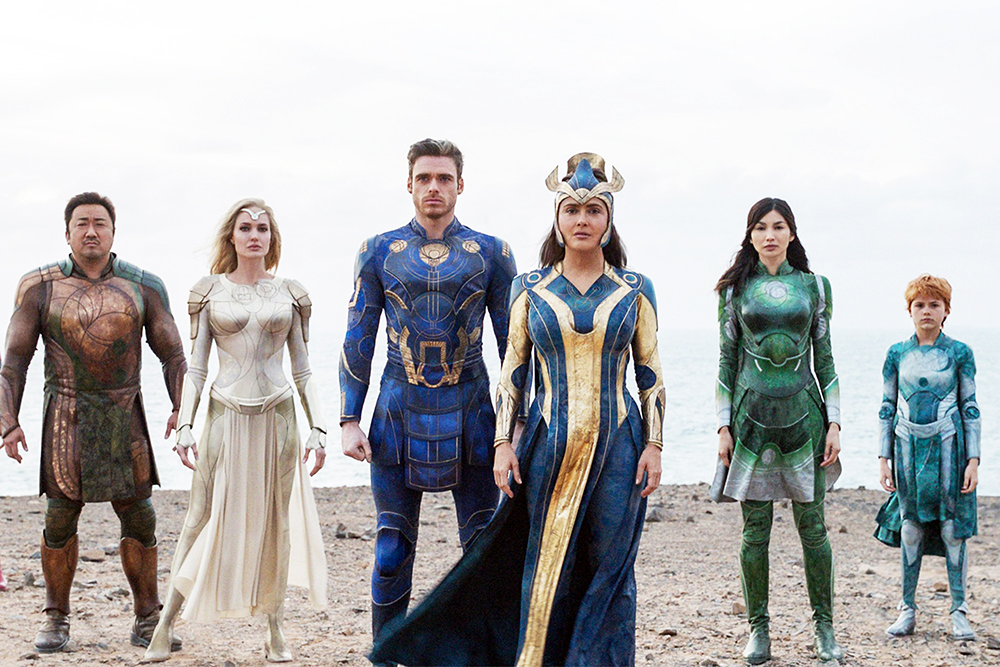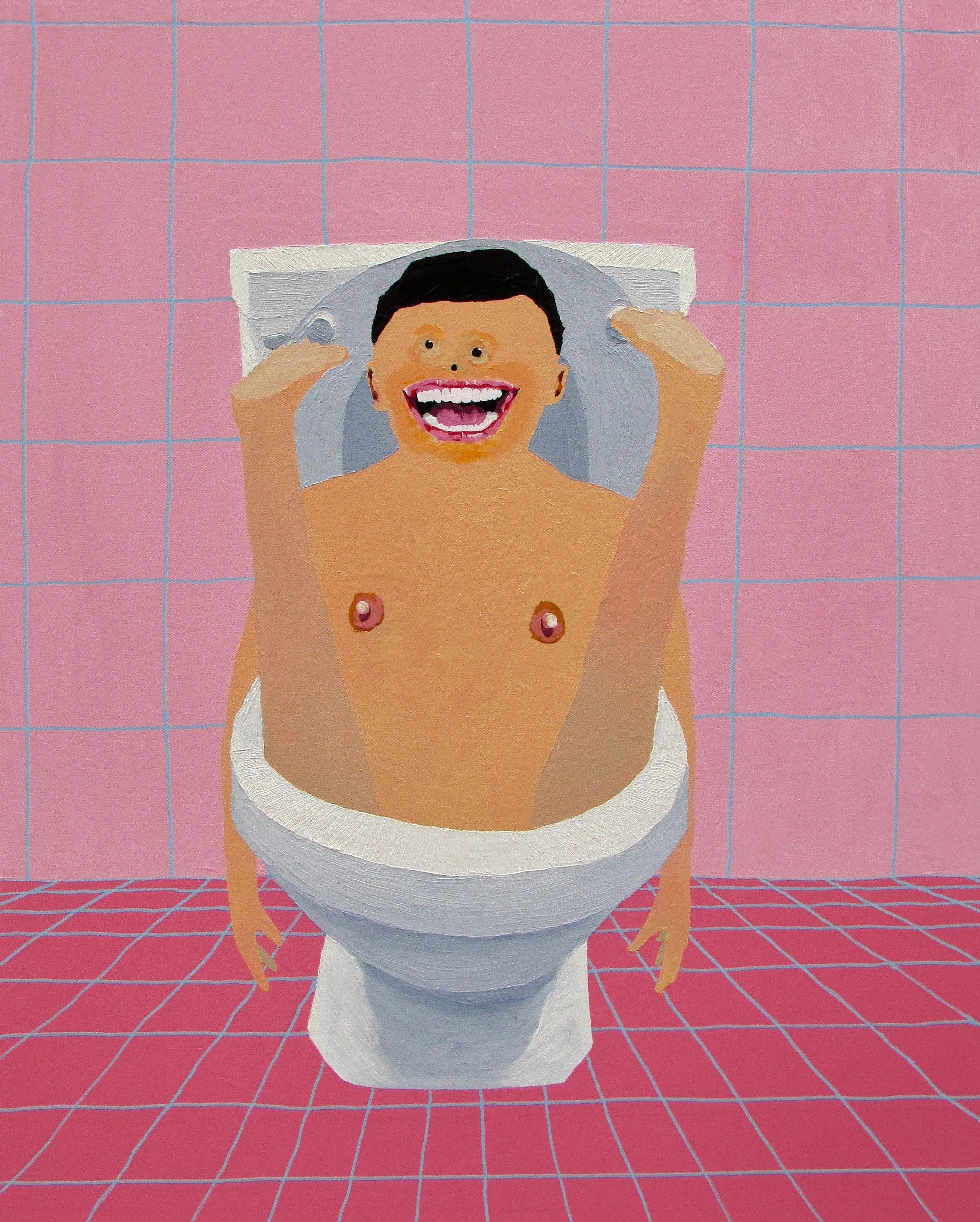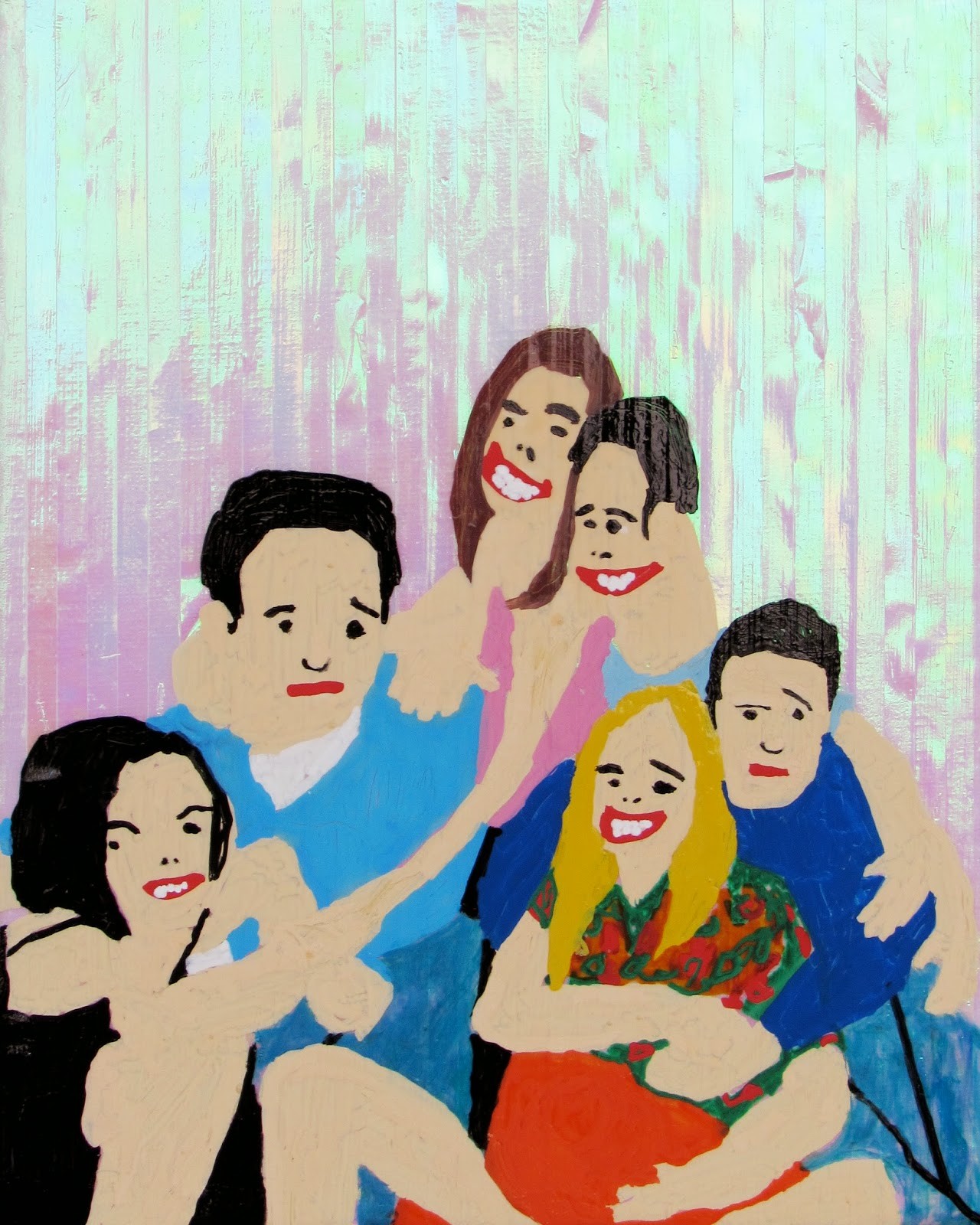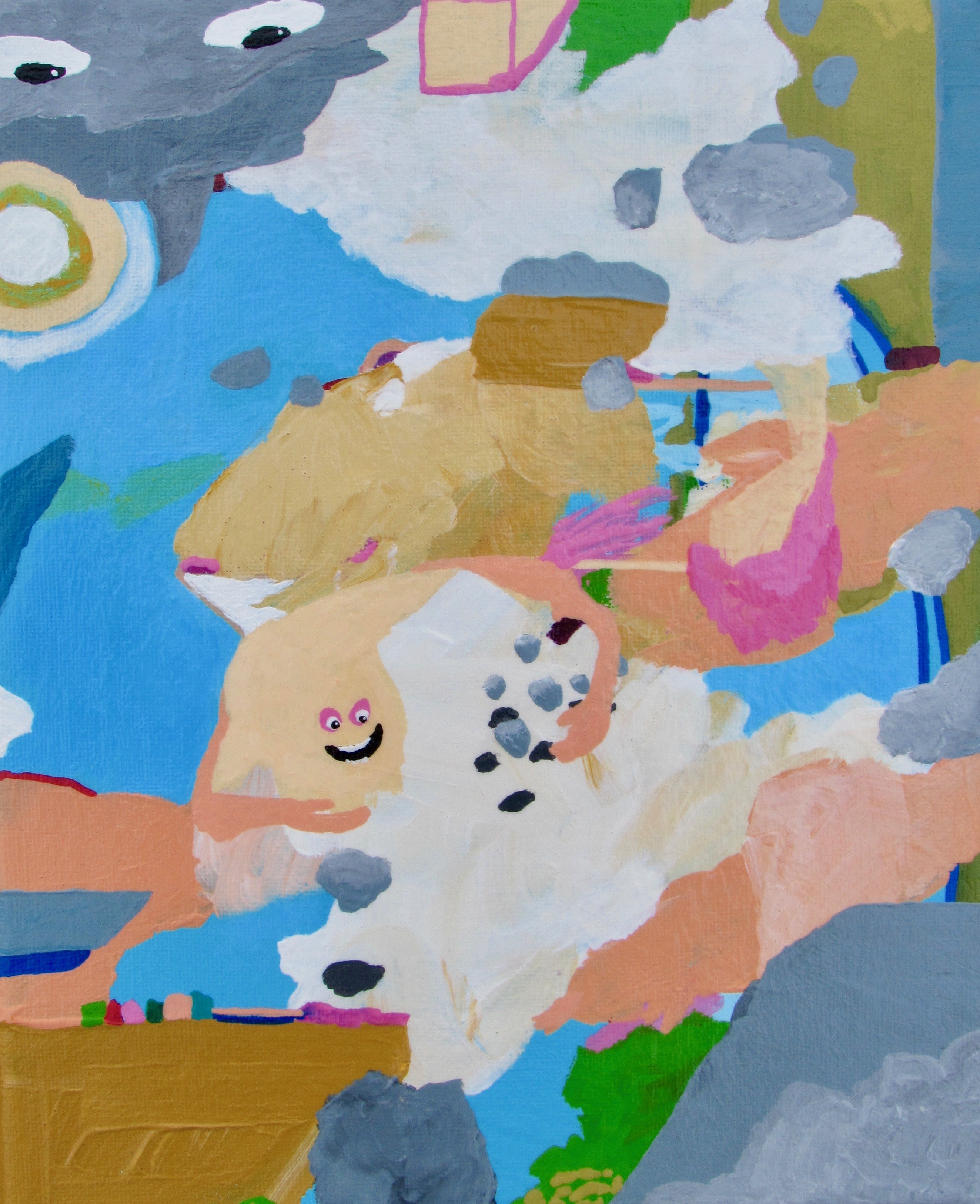Among those who care about such things, Jack Kirby is considered the greatest comic book artist of all time. The King had his first breakthrough when he designed Captain America in 1941; then, after pausing to land on Omaha Beach with the U.S. Army, he drew everything from romance stories to horror comics. When he teamed up with Stan Lee to create The Fantastic Four in 1961, it signaled the beginning of a new era for the medium. Since he drew an estimated 12,000 pages for Marvel and at the height of his popularity up to two million copies of his work were printed each week, he is arguably one of the most seen artists of any kind.
Throughout his career, Kirby had an adversarial relationship with his publishers. And for good reason — he certainly wasn’t paid like the most seen artist in history. After a groundbreaking decade with Marvel, he jumped ship for DC in the early 1970s, then returned to Stan Lee’s bullpen after he was promised total creative control. Even after his 1994 death, his estate kept fighting for recognition. Kirby’s work provided almost all of the characters that have made up the Marvel Cinematic Universe, from the Hulk to Black Panther, so needless to say, there’s been a lot of litigation.
By the time Kirby returned to Marvel in the mid-’70s, his style had evolved considerably from the clean lines of the “BAM!” and “POW!” era. One of his first projects was an adaptation of 2001: A Space Odyssey that somehow managed to be even more psychedelic than the original. During this period, his pet project was the Eternals, which contained some of the most incredible images ever seen in the medium. It was less Batman, more Van Gogh. Kirby had become obsessed with classical mythology, so his new characters like Ikaris and Sersi, a group of practically immortal aliens who had shepherded humanity’s progress over the centuries, were presented as the real-life inspirations for the old legends. The story was almost beside the point. Kirby was in it for the art. Now, Eternals is venerated, but in the mid-’70s, the comic book was canceled after less than two years.
Now that the MCU’s first generation of heroes are retired, out of contract, and suing, the cultural juggernaut is reaching for new IP to exploit. Since the world is presumably not ready for the disco-themed superhero the Dazzler (try me, Kevin Feige) it’s the Eternals’ turn in the $200 million spotlight. Sersi (Gemma Chan), Ikaris (Richard Madden), Kingo (Kumail Nanjiani), Sprite (Lia McHugh), Phastos (Brian Tyree Henry), Makkari (Lauren Ridloff), Druig (Barry Keoghan), Ajak (Salma Hayek), and Thena (Angelina Jolie) show up on Earth at the dawn of civilization to defend us ascended apes from the Deviants, a mutated race of aliens who prey on emerging intelligent life. They were sent here by Arishem, a Celestial being who has big plans for the Earth. The early going is the most interesting part of the film, as we learn that the Hanging Gardens of Babylon were built over the Eternals’ starship Domo. The Eternals have standing instructions not to interfere with humanity, but they frequently bend the rules to do things like introduce the concept of the plow to early farmers. But as technology progresses, it becomes harder and harder to ignore the consequences of humanity’s aggressive nature paired with increasingly deadly technology. Director Chloe Zhao’s most striking sequence is set during the sack of Tenochtitlan by the Spanish in 1521, where the alien gods debate their responsibility while slaughter rages around them.
Zhao won the Best Picture and Best Director Oscars in 2020 for Nomadland. She is undoubtedly a talented director, but her strengths turn out to be the exact opposite of what Eternals requires. In Nomadland, she and Frances McDormand created one of the deepest characters in recent film history using subtlety and restraint. In superhero land, that translates to a lot of standing around stiffly. Zhao loves to use natural light and has an eye for sweeping landscapes. There’s nothing “natural” about Jack Kirby’s decadent ’70s phase. The psychedelic color pop of characters like the six-eyed space god Arishem is completely absent. It might not be so bad if there was a compelling story to tell, but that’s just not Eternals’ strong suit. There’s no reason this film needed to be 2.5 hours long.
Frankly, this is not Zhao’s fault. A live-action Eternals was always doomed. The only way to do this property justice would be an animated movie that put Kirby’s gloriously busy compositions in motion. It would be a barely coherent riot of colors with limited commercial potential, but at least it wouldn’t be boring.





 Jamie Harmon
Jamie Harmon